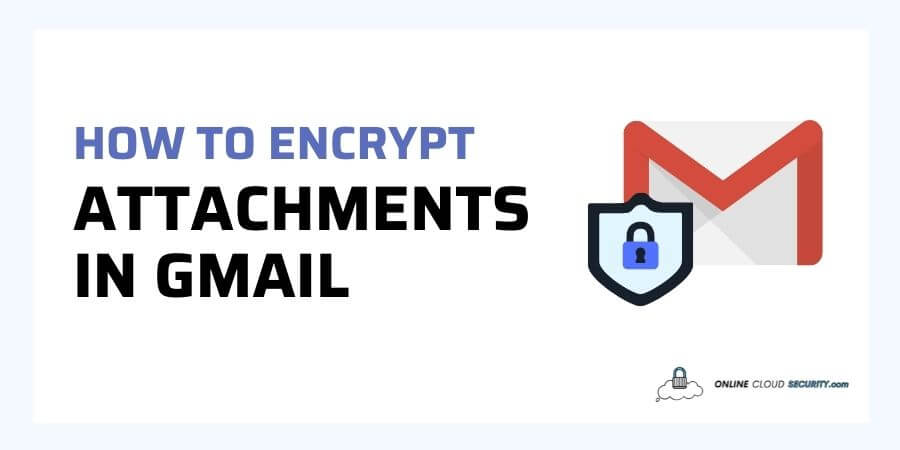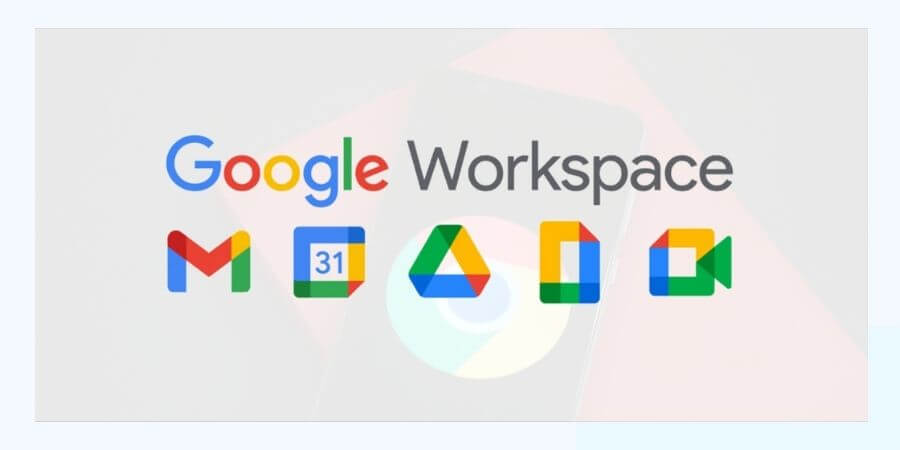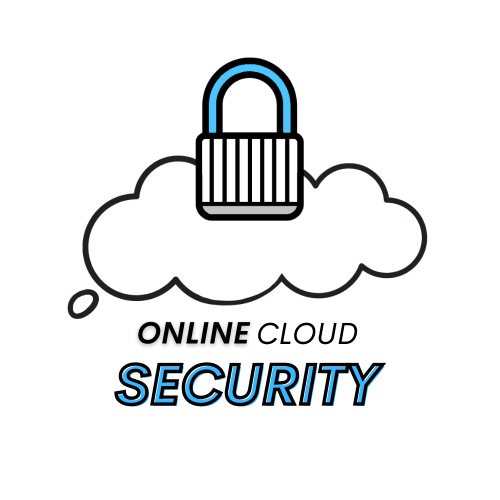
Dave Miller – Tech Enthusiast & Security Expert – April 27th, 2022

Although Gmail has 1.8 billion active users globally, only a tiny percentage have questioned or are aware of how to encrypt attachments in Gmail. Many individuals believe that security is essentially a myth.
Communication channels, however, have grown even more critical in our everyday working life with the shift to remote and hybrid employment. Email is the most widely utilized method of communication among organizations. On the other hand, standard email gets never developed with security in mind. As a result, default email systems are notoriously vulnerable, and the data is not secure as you think it might be.
If you’re seeking solutions for your email security, keep reading. I’ll show you a few alternative methods so you can encrypt your email attachments in no time.
Email changed the way people communicated, especially at business. A company’s reputation is one of its most valuable but vulnerable assets. It may be quickly harmed by mistakenly disclosing secret information. What you need is email encryption, the act of masking the content of your emails so that unauthorized persons cannot read them. It gets turned into scrambled cipher text from readable plain text.
External parties might view your emails at any stage along the email route if they are not encrypted. Email encryption is crucial because it protects you from a data intrusion. But the problem is Emails are not encrypted by default as they get sent from your email server to the receiver.
Also, standard email encryption services don’t encrypt your attachments even if you do email encryption. So they might not be as secure as you believe. Instead of merely encrypting the email, you’ll need to know how to encrypt attachments In Gmail.
Your Gmail account contains much personal information, ranging from financial records to personal letters and password recovery requests. Yes, Gmail’s default security settings are also pretty strong. The data that users view in Gmail is secured with industry-standard 128-bit encryption and sent through TLS 1.1 industry standard.
Gmail 2018 also rolled out confidential mode. Users can use secure passcodes to protect critical data from unauthorized or unintentional distribution in this mode. Remember that this approach isn’t completely safe because it can’t prevent receivers from screenshotting your conversations or attachments.
Moreover, It is technologically feasible to intercept Gmail data in transit through compromised devices and faked digital certificates. In addition, Governments have the necessary funds and resources to decrypt Gmail’s encryption. So, rather than praying that hackers won’t discover you, make an effort now to encrypt your emails using the methods listed below for how to encrypt attachments In Gmail.
The only method to ensure that your emails and attachments are completely safe is to use end-to-end encryption. The TLS protocol used by Gmail does not imply end-to-end encryption. As a result, you must use the other approach outlined below.

Upgrade your Gmail account to the platform’s premium services, Google Workplace (Previously known as Google G suit), to improve the data security within your email account. Google Workplace now has over 6 million users, allowing organizations in various sectors to interact.
Encryption is a critical component of the G Suite security approach. It helps safeguard your emails, Google Drive files, and other data. While transiting between Google’s server centers, every email communication you send is encrypted.
It guarantees that your communications are secure between your computers and Gmail’s servers and between them. Administrators in G Suite may create custom rules requiring email communications to get authenticated and secured using Secure/Multipurpose Internet Mail Extensions.
Furthermore, Google does not gather, scan, or utilize your data for advertising purposes in G Suite services and does not display adverts in G Suite. The only drawback is that this encryption may only get used if both the sender and the recipient employ it.
You can Upgrade To Google G Suite By visiting the link below; Business Starter plans start at $6 per user per month, while Business Standard plans start at $12 per user per month.
It isn’t easy to find a technique to encrypt your emails, and Google’s solutions are not complete. However, third-party plugins are available, and some of the more prevalent alternatives are listed below.
The Digify plugin for Gmail encrypts attachments; it provides you total control over your Gmail attachments. You may give or take away the ability for recipients to save or print your attached document and restrict access to the file.
Digify employs the AES-256 encryption technique, which has got verified by the National Security Agency for top-secret information. Digify additionally encrypts data utilizing envelope encryption, using a data encryption key (DEK) that gets subsequently encrypted with a root key.
Digify allows you to follow your document and see when it’s been opened, printed, or forwarded without leaving your Gmail inbox. Encrypting files through email is a simple process; to understand how to encrypt a Gmail attachment using Digify, watch their official demo video.
Dignify costs $99 per user. You may also sign up for a free seven-day trial of Digify’s Gmail encryption extensions to see for yourself how it works for you
Trustifi is a robust email security platform that provides a variety of clients with cost-effective and configurable Gmail encryption alternatives. Clients can rest confident that any attachment sent and received via Gmail will be safe, protected, and only seen by intended viewers.
It is thanks to Trustifi’s NSA-grade end-to-end email encryption services. Thanks to one-click solutions, sending and receiving encrypted email has never been easier, and API interfaces mean implementation takes only minutes. Clients may also recall, block, alter, and set expiry dates on already sent and received emails using Trustifi’s bespoke encryption solutions.
Flow crypt allows you to send secure emails to anyone with its secure compose button; You can click this button, type your message, and click the send button. It uses OpenPGP to provide easy end-to-end encryption for Google mail emails and attachments. It’s not complicated; the files are encrypted on one end and only decrypted in the browsers of your buddies, with no one looking in between. For one user, the cost was $48 per year.
Virtru increases your overall security and safeguards you from weaknesses that might lead to a security breach by allowing you to secure data throughout the Google ecosystem. End-to-End Email Encryption from Virtru protects emails and documents before reaching Google’s servers. It prevents unwanted parties from seeing them everywhere they’re shared.
It allows you to set expiration dates, prevent copying, and stamp attachments with recipients’ names to prevent exposing sensitive files even after being moved from Gmail to PCs. You can contact them for a tailored quote, but for $79 per month, you can utilize up to 5 people.
Suppose you don’t want to use third-party extensions or encryption services because most of them demand a password or a key. In that case, you’ll have to communicate with the recipient, an utterly new email provider. One of the most popular of which is listed below.
ProtonMail was formed in 2013 by a group of scientists united by a desire to create a more private and secure Internet. ProtonMail is a simple webmail service that uses zero-access encryption and end-to-end encryption for the transmission process to safeguard your message archive.
It encodes all data on the server, rendering it worthless to anybody who does not have the key to decode it. ProtonMail is entirely interoperable with other email providers and can get used on any platform.
Considering you still want to use Gmail instead of wondering how to encrypt attachments in Gmail through third-party encryptions. In that case, you can encrypt the data beforehand.
Even if the email is intercepted or forwarded, the attachment will remain illegible by anybody but the intended recipient. It is possible to do so using a variety of services. These services ensure that no one other than you and your receiver will be willing to open the data you encrypt using the zero-knowledge procedure.
Using Gmail to protect your data is a bright beginning step. The contents of your mailbox might be turned over to authorities and used against you since Google saves data in an unencrypted format on their servers. Since 2014, Google has been talking about integrating end-to-end encryption into Gmail, but nothing has come.
As a result, the third-party add-on implementation isn’t perfect; however, it is capable of completing the task. There are various services available, as discussed above. Still, if you don’t want to use third-party programs, you can always use a whole other webmail provider or encrypt files before sending them.
**Onlinecloudsecurity.com is a participant in the Amazon Services LLC Associates Program, an affiliate advertising program designed to provide a way for websites to earn advertising revenues by advertising and linking to Amazon.com and affiliated sites. As an Amazon Associate we earn affiliate commissions from qualifying purchases.**

Dave Miller is an IT Consultant for Online Cloud Security and has over 7 years of experience in the Information Technology space. He also specializes in repairing laptops & computers. In his spare time, he loves to talk about new technologies and hosts monthly IT and Cyber Security meetings in the Houston area.
Click any button down below to share this article on the following channels:

Online Cloud Security is here to recommend you the most secure devices, from laptops to smartphones, we only want to provide you with products that we have tested and used ourselves for online security. Every product that we recommend is heavily inspected and tested for security against hackers, viruses, malware, and any other intruders that may want to steal your information.

Online Cloud Security is here to recommend you the most secure devices, from laptops to smartphones, we only want to provide you with products that we have tested and used ourselves for online security. Every product that we recommend is heavily inspected and tested for security against hackers, viruses, malware, and any other intruders that may want to steal your information.
Your Trusted Source for Online Security